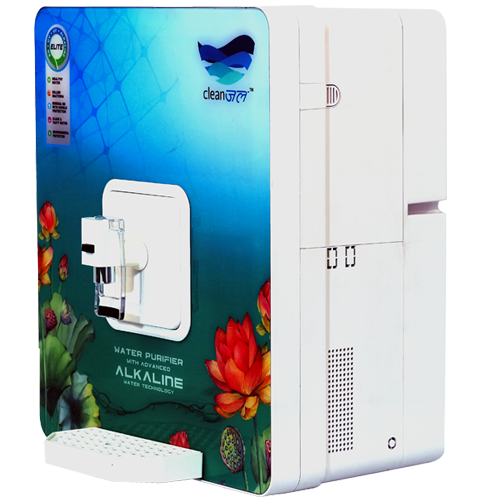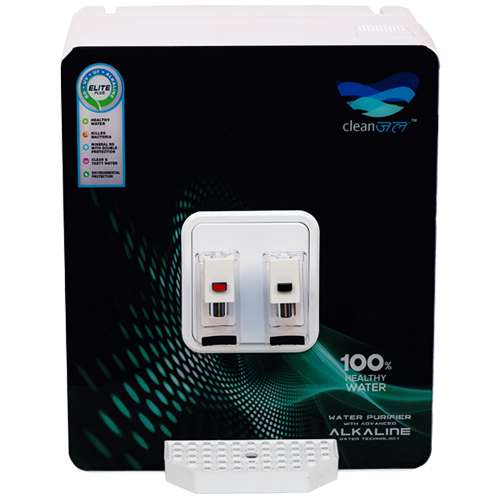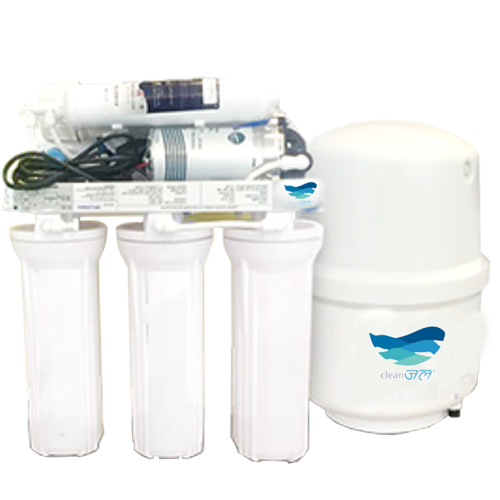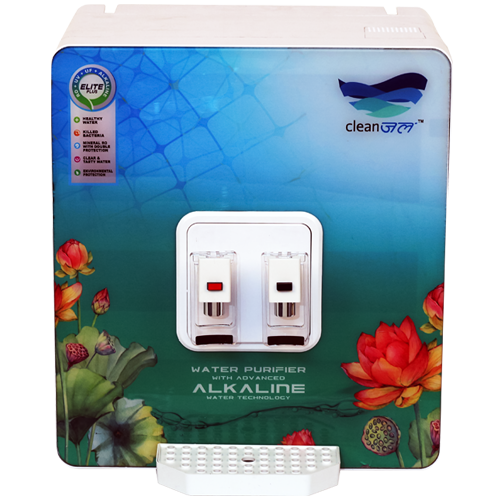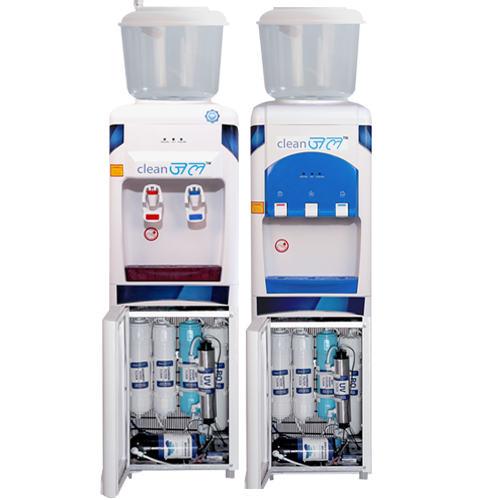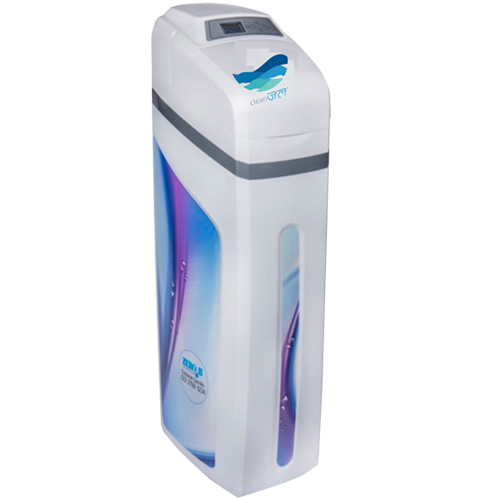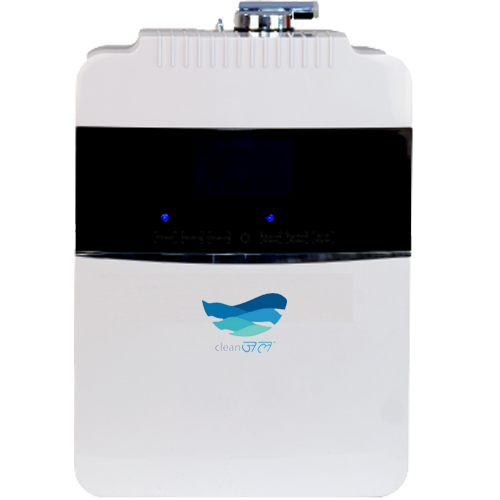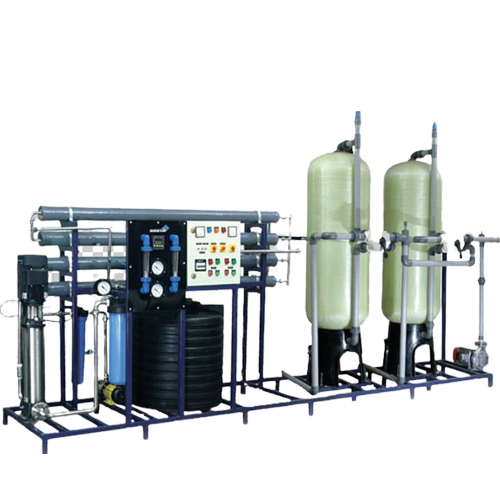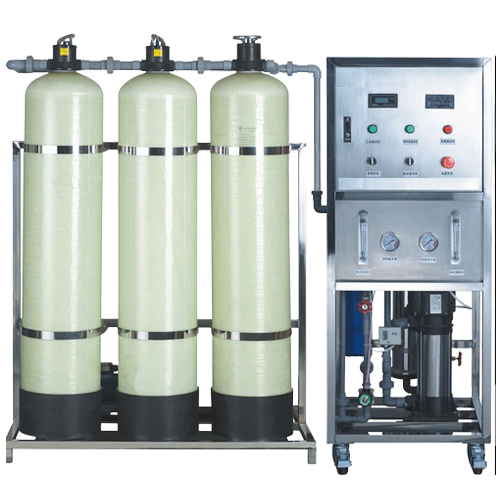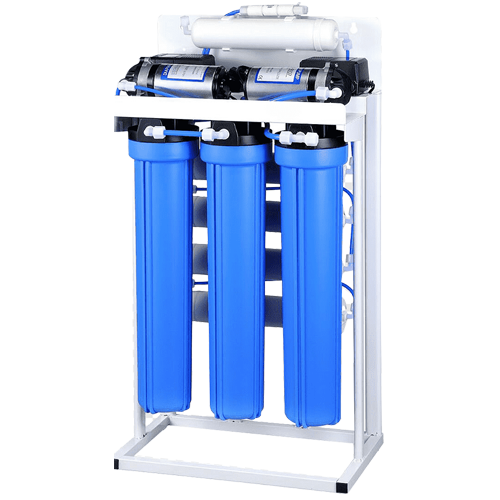Water purifiers are essential for the safety of your family, your health, and the environment. There are different types of water purifiers available in the market with various features and prices which you can choose depending on your requirements.
But if you’re looking for a water purifier that can reduce the Total Dissolved Solids (TDS) level from 200 to around 120, then this article is just what you need. We’ll go over some of the most common types of water purifiers, discuss their pros and cons, and provide tips on what to look for when shopping for a water purifier. Read on to find out more!
Buy a Cleanjal water purifier to reduce the TDS level from 200 to around 120.
If you’re looking to reduce the TDS level in your water, the Cleanjal water purifier is a great option. This purifier uses a unique filtration process to remove impurities and contaminants from your water, leaving you with clean, fresh-tasting water. The Cleanjal also reduces the TDS level in your water by up to 80%, making it a great choice for those who are looking to reduce their TDS levels.
The Different types of water purifiers
There are a few different types of water purifiers that can be used to reduce the TDS level in the water. The most common type is a reverse osmosis system, which uses a membrane to filter out impurities. Another type is an ion exchange system, which uses charged beads to attract and remove impurities. Lastly, there are distillation systems, which use heat to evaporate water and leave behind impurities.
Reverse osmosis systems are the most effective at reducing TDS levels, but they can be expensive and require regular maintenance. Ion exchange systems are less expensive and easier to maintain, but they are not as effective at reducing TDS levels. Distillation systems are the least expensive option, but they are also the least effective at reducing TDS levels.


The Pros and Cons of each type of water purifier
There are many different types of water purifiers on the market, each with its pros and cons. Here are some of the most popular types of water purifiers, along with their pros and cons:
Reverse osmosis (RO) systems: RO systems are very effective at reducing TDS levels, but they can be costly to install and maintain. They also require a lot of water to operate, so they may not be the best option for homes with limited water supplies.
Activated carbon filters: These filters are much less expensive than RO systems, and they don’t require as much water to operate. However, they’re not as effective at reducing TDS levels as RO systems.
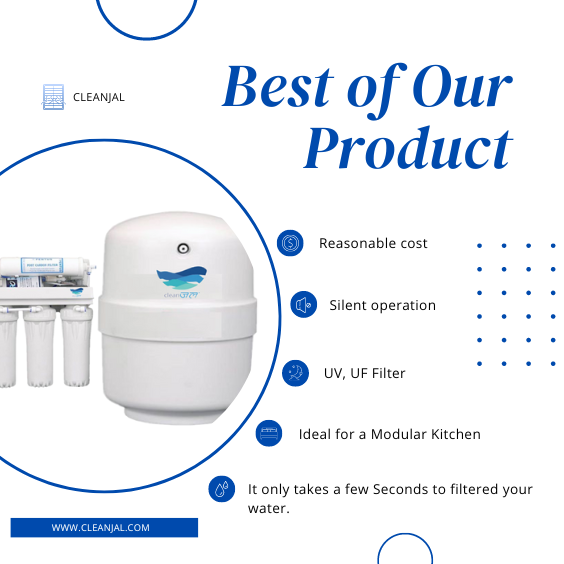

How to choose the Right water purifier for you
There are a few things you should keep in mind when choosing a water purifier to reduce the TDS level in your water. If you have a Big family or live in a small House, you’ll want to Select a smaller unit.
The second is the type of filters used. For this purpose, you’ll want to choose a unit that uses reverse osmosis or distillation filters. These types of filters are specifically designed to remove dissolved solids from water. The third consideration is the cost of replacement filters. You’ll want to choose a unit that has affordable replacement filters so that you can keep your purifier running smoothly for years to come.
Conclusion
Water purifiers are a great way to reduce the TDS level in your water. When choosing the right type of water purifier for your needs, it is important to consider what type of contaminants you need to remove and how much TDS you want to reduce.
In this case, we suggest that you buy a reverse osmosis (RO) system as it can effectively reduce the TDS level from 200ppm down to around 120ppm or less. RO systems are also capable of removing many other types of contaminants so they provide an overall better solution for improving your drinking water quality.


